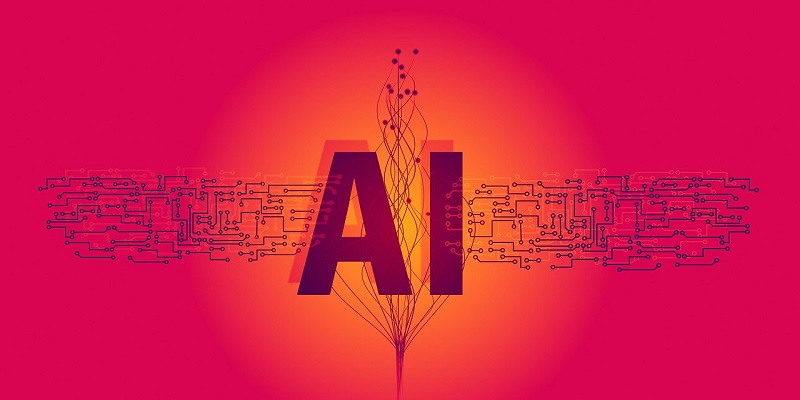Collaboration between the School of Computer Science’s Generative Intelligence Lab, Adobe Research, and UC Berkeley has led to significant advancements in the development of two algorithms. These algorithms aim to tackle copyright issues in generative AI models, providing an important framework to protect intellectual property rights and compensate human creators. In addition to technological solutions, this article emphasizes the need for legislation and regulation to ensure the ethical and responsible use of AI.
Preventing the Generation of Copyrighted Materials
One of the algorithms focuses on preventing generative AI models from generating specific copyrighted images or styles. This algorithm, called “Ablating Concepts in Text-to-Image Diffusion Models,” plays a crucial role in safeguarding intellectual property rights. By analyzing and understanding copyrighted materials, the AI models can avoid reproducing them, mitigating potential legal and ethical issues.
Compensation for Human Creators
The second algorithm, titled “Evaluating Data Attribution for Text-to-Image Models,” addresses the ethical concern of compensating human creators whose work is utilized by AI models to generate images. This method calculates the contribution of each training image to a generated image, providing a basis for fair compensation. It establishes a framework to acknowledge and reward the valuable contributions of human creators in the AI-generated content landscape.
The Importance of Legislation and Regulation in AI
While the development of technological solutions is a crucial step, it is not sufficient to address copyright issues in generative AI. To create a comprehensive and robust framework, legislation and regulation must be established to govern AI practices. These legal and ethical guidelines would ensure that AI models are developed and used responsibly, respecting intellectual property rights and protecting creators’ interests.
Presentation of Research Papers
The research teams will present two papers at the upcoming International Conference on Computer Vision 2023, shedding light on their groundbreaking work. The first paper, “Ablating Concepts in Text-to-Image Diffusion Models,” focuses on aiding AI generative models in avoiding specific copyrighted content. The second paper, “Evaluating Data Attribution for Text-to-Image Models,” presents a method to compensate individuals and companies whose data contribute to training AI models.
Evaluation and Payment Distribution
The algorithm developed for data attribution and compensation evaluates the impact of each training image on the generated image. This evaluation can potentially be extended to fairly distribute payments to owners of copyrighted images within AI databases. By ensuring proper compensation, this algorithm fosters a more equitable and respectful environment for creators in the AI realm.
Implications and Future Steps
The development of these algorithms holds immense implications for addressing copyright issues across generative AI platforms. By taking the first steps towards compensating contributors of AI images, these algorithms drive progress in acknowledging and valuing human efforts in AI-generated content creation. However, there are still unanswered questions and areas that require further research and development.
The collaboration between the School of Computer Science’s Generative Intelligence Lab, Adobe Research, and UC Berkeley has yielded remarkable results. The development of algorithms to prevent the generation of copyrighted materials and to compensate human creators marks an important milestone in the ethical evolution of AI technology. While these advancements pave the way for addressing copyright issues in generative AI, they also emphasize the need for ongoing research, legislation, and regulation to ensure responsible and fair AI practices in future endeavors.

